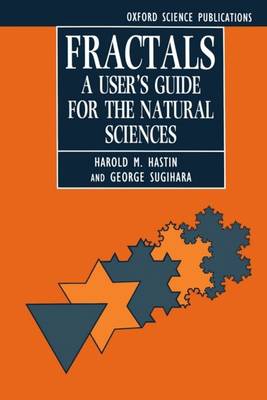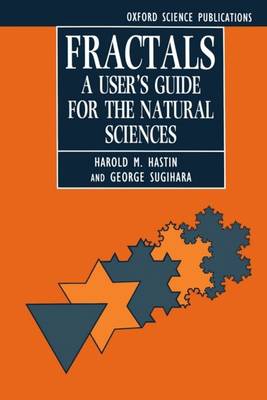
- Afhalen na 1 uur in een winkel met voorraad
- Gratis thuislevering in België vanaf € 30
- Ruim aanbod met 7 miljoen producten
- Afhalen na 1 uur in een winkel met voorraad
- Gratis thuislevering in België vanaf € 30
- Ruim aanbod met 7 miljoen producten
Zoeken
€ 110,95
+ 221 punten
Omschrijving
This insightful work explains Mandelbrot's fractal geometry and describes some of its most interesting applications. Fractal geometry exploits a characteristic property of the real world--self-similarity--to find simple rules for the assembly of complex natural objects. Beginning with the foundations of measurement in Euclidean geometry, the authors progress from analogues in the geometry of random fractals to applications spanning the natural sciences, including the developmental biology of neurons and pancreatic islets, fluctuations of bird populations, patterns in vegetative ecosystems, and even earthquake models. Written to enable students and researchers to master the methods of this timely subject, the book steers a middle course between the formality of many papers in mathematics and the informality of picture-orientated books on fractals. It is both a logically developed text and an essential "fractals for users" handbook. It is an essential resource for researchers and students in ecology, biology, applied mathematics, and plant and environmental sciences.
Specificaties
Betrokkenen
- Auteur(s):
- Uitgeverij:
Inhoud
- Aantal bladzijden:
- 248
- Taal:
- Engels
- Reeks:
Eigenschappen
- Productcode (EAN):
- 9780198545972
- Verschijningsdatum:
- 27/01/1994
- Uitvoering:
- Paperback
- Formaat:
- Trade paperback (VS)
- Afmetingen:
- 157 mm x 232 mm
- Gewicht:
- 349 g

Alleen bij Standaard Boekhandel
+ 221 punten op je klantenkaart van Standaard Boekhandel
Beoordelingen
We publiceren alleen reviews die voldoen aan de voorwaarden voor reviews. Bekijk onze voorwaarden voor reviews.











